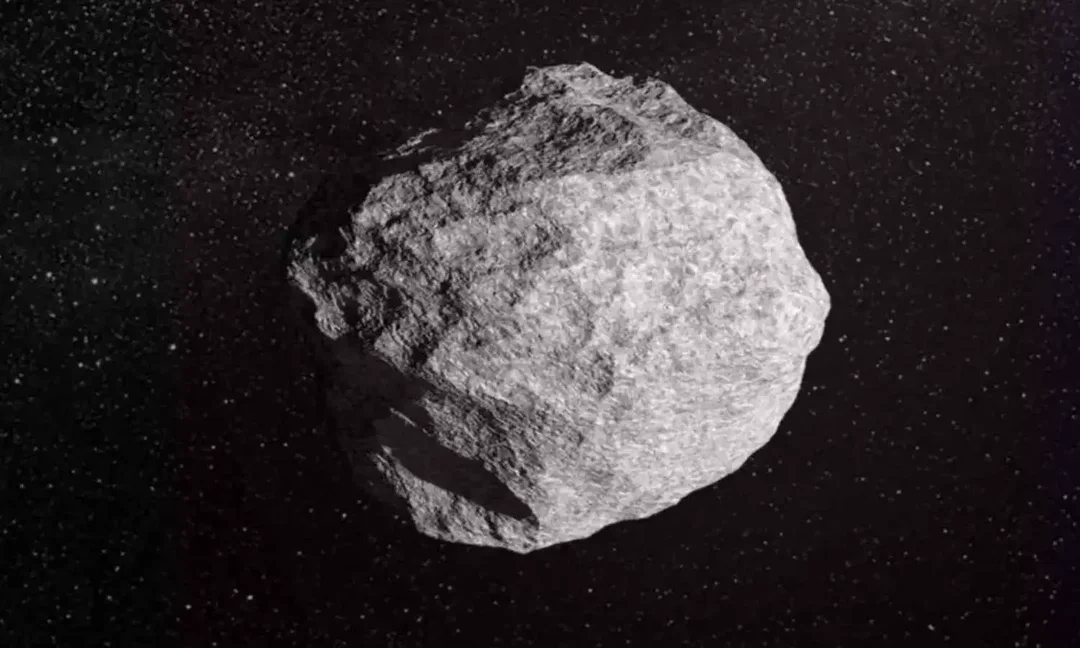
New Asteroid Discovered: Could ‘Gherkin-Sized’ Space Rock Hit Earth in 2089?
A newly discovered asteroid, dubbed 2025 FA22, has scientists keeping a watchful eye on the skies. The European Space Agency (ESA) has added this space rock to its risk list, ranking it among the top potential threats to Earth. But how concerned should we be? Let's delve into the details.

Asteroid 2025 FA22, estimated to be around 656 feet (200 meters) in diameter – comparable in size to London's iconic Gherkin skyscraper or New York's Trump Tower – was first spotted by the Pan-STARRS 2 survey in Hawaii. This discovery has prompted both excitement and a healthy dose of caution within the astronomical community.
According to the ESA, the asteroid's current trajectory suggests a possible impact with Earth on September 19, 2089. While the impact probability is currently low, around 0.01%, the asteroid's size warrants monitoring. This assessment places it at number three on ESA's risk list.
"A new entry appeared near the top of our risk list, a moderately large asteroid with a possible impact towards the end of the century," the ESA stated in its newsletter. The statement emphasizes that despite the low probability, the size of 2025 FA22 means it cannot be completely dismissed, resulting in a Palermo Scale above –3.
The Palermo Technical Impact Hazard Scale is a crucial tool used by astronomers to assess the risk posed by near-Earth objects. It combines the probability of impact and the potential energy of the impact into a single risk score, providing a standardized measure of threat levels. As the ESA notes, additional data is needed to clarify the impact scenarios of 2025 FA22.
Before its potential brush with Earth in 2089, 2025 FA22 will make a closer approach on September 18, 2025. This flyby will provide a valuable opportunity for astronomers to gather more data about the asteroid's trajectory and composition, allowing for more accurate predictions about its future path.
It's essential to remember that while 2025 FA22 has raised some eyebrows, it is not the only space rock on the ESA's radar. The agency currently monitors over 1,782 objects classified as potential threats to Earth. Currently, Asteroid 2023 VD3 takes the top spot, while Asteroid 2008 JL3 is in second place on the ESA 'watchlist'.
The Planetary Defence Office at ESA remains vigilant, constantly scanning the skies for potentially hazardous asteroids, calculating their orbits, and issuing impact warnings when necessary.

While the prospect of an asteroid impact can seem alarming, it's crucial to put the risks in perspective. As history shows, asteroid impacts have shaped our planet – a large asteroid that hit central America 66 million years ago and wiped out the dinosaurs. But for now, scientists and global space agencies are on the lookout to help humans plan for the worst, should an asteroid actually be on path toward earth.
What are your thoughts on asteroid defense strategies? Share your opinions and concerns in the comments below!